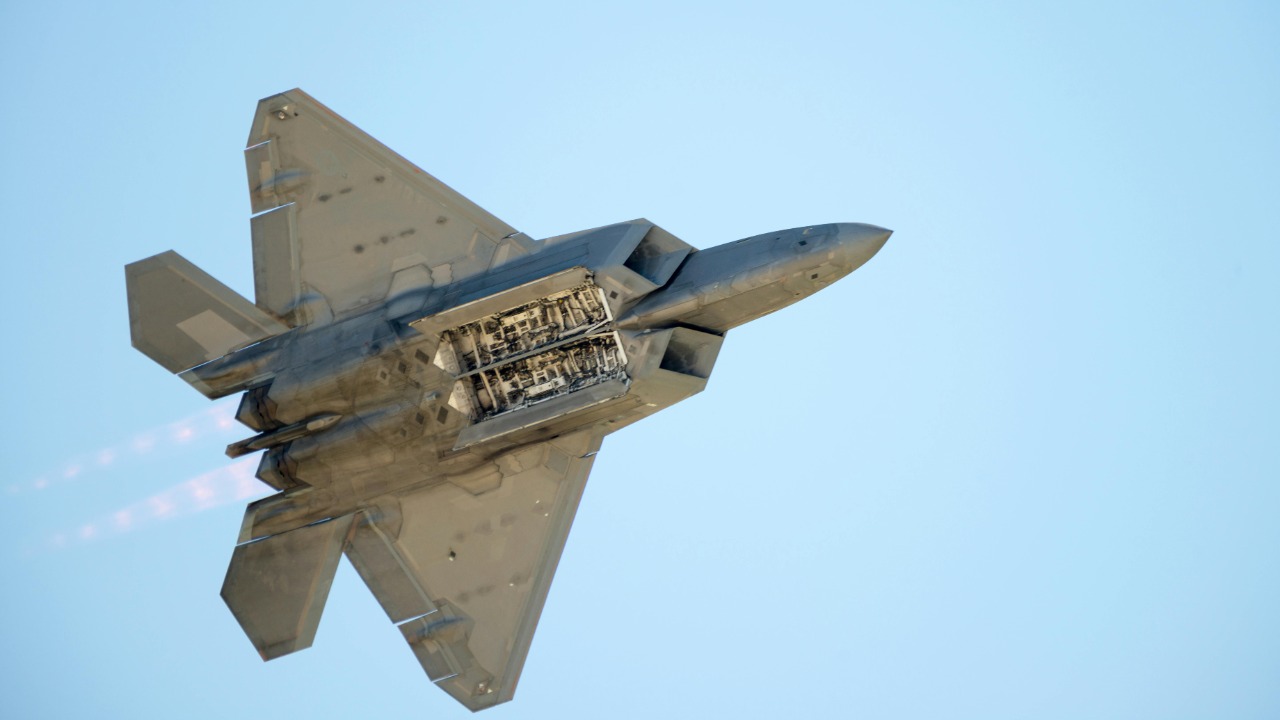
Boeing’s recent contract win for the F-47 Next Generation Air Dominance Fighter on March 22, 2025, has marked a significant stride towards the advancement of U.S. air superiority. However, the unveiling of China’s 6th-generation fighter jet earlier this year has spurred a sense of urgency among American defense contractors. As we delve into the realm of AI-controlled fighter jets and the potential of a 7th-generation platform, it becomes clear that the future of aerial warfare may be closer than we think.
The Shift from 6th to 7th Generation Fighters
The unveiling of China’s 6th-generation fighter jet on January 11, 2025, has accelerated global competition, posing significant implications for American defense contractors such as Boeing, Lockheed Martin, and Northrop Grumman. This development has necessitated a leap beyond current 6th-generation designs, pushing the boundaries of aerial warfare technology. The conceptual leap to 7th-generation fighters is seen as a potential game changer, with capabilities that could eclipse existing platforms like the F-47.
Key technological thresholds that define 7th-generation capabilities include enhanced autonomy and networked systems. These advancements are expected to revolutionize the way aerial warfare is conducted, offering superior operational efficiency and combat effectiveness. The integration of these technologies into future fighter jets will be a critical factor in maintaining air dominance in the face of growing global competition.
Boeing’s Breakthrough with the F-47
Boeing’s recent win of the F-47 Next Generation Air Dominance Fighter contract on March 22, 2025, is a cornerstone for U.S. Air Force modernization. This contract positions Boeing against rivals like Lockheed Martin and Northrop Grumman in a race influenced by China’s 6th-generation developments. The F-47 is seen as an interim step towards more advanced fighters, integrating stealth and sensor fusion technologies that are crucial for maintaining air superiority.
However, the F-47 is not the endgame. As the global competition intensifies, there is a growing need for rapid progression beyond the F-47. The U.S. Air Force is already strategizing to leapfrog current contracts like Boeing’s F-47 award, focusing on the development of a 7th-generation platform that could redefine the future of aerial warfare.
AI’s Accelerating Role in Fighter Development
Recent reports indicate that AI-controlled fighter jets are closer than anticipated, enabling autonomous decision-making in combat. AI’s potential to enhance 7th-generation platforms is significant, reducing pilot risk and improving swarm tactics. This technological leap could revolutionize the way aerial warfare is conducted, offering superior operational efficiency and combat effectiveness.
Real-world testing and simulations are driving this timeline, with the U.S. Air Force taking the lead in these initiatives. The integration of AI into future fighter jets will be a critical factor in maintaining air dominance in the face of growing global competition.
Why the F-47 May Not Be the Endgame
Recent analysis from April 6, 2025, suggests that we should forget the F-47 and focus on a 7th-generation fighter as the true game changer for air dominance. Evolving threats, including China’s 6th-generation jet, necessitate rapid progression beyond the F-47. The U.S. Air Force is already strategizing to leapfrog current contracts like Boeing’s F-47 award, focusing on the development of a 7th-generation platform that could redefine the future of aerial warfare.
Strategic planning and accelerated R&D are key to staying ahead of the curve. The U.S. Air Force is already working on initiatives to fast-track the development and deployment of 7th-generation fighters, ensuring that the U.S. maintains its edge in air superiority.
Global Competition and U.S. Response
The unveiling of China’s 6th-generation fighter jet on January 11, 2025, has had a significant impact on American firms such as Boeing, Lockheed Martin, and Northrop Grumman. This development has spurred a sense of urgency among these companies, accelerating R&D efforts to stay ahead of the curve. The global rivalry in aerial warfare technology could compress timelines for 7th-generation deployment, pushing the boundaries of what is technologically feasible.
The U.S. is responding to this challenge by accelerating its own R&D efforts, spurred by foreign advancements. This includes initiatives to fast-track the development and deployment of 7th-generation fighters, ensuring that the U.S. maintains its edge in air superiority.
Technological Enablers Bringing 7th-Gen Closer
AI integration is a key enabler for 7th-generation fighters, with recent reports underscoring its near-term feasibility for fighter jets. Advancements in materials and propulsion that align with 7th-generation goals are also being made, building on NGAD foundations like the F-47 contract. Collaborative programs involving the U.S. Air Force and industry leaders are underway to prototype these features, bringing us closer to the reality of 7th-generation fighters.
These technological advancements are not just theoretical. They are being tested and refined in real-world scenarios, driving the timeline for the deployment of 7th-generation fighters. The U.S. Air Force is taking the lead in these initiatives, ensuring that the U.S. maintains its edge in air superiority.
Implications for Future Air Superiority
A 7th-generation fighter, positioned as a game changer per recent insights, could redefine battlespaces against peers like China’s 6th-generation platform. This has significant economic and strategic benefits for contractors like Boeing, who are at the forefront of this technological leap. The U.S. Air Force’s progress suggests proximity to operational 7th-generation capabilities, indicating that the future of aerial warfare may be closer than we think.
The implications of this technological leap are far-reaching. It could redefine the way aerial warfare is conducted, offering superior operational efficiency and combat effectiveness. As we delve into the realm of AI-controlled fighter jets and the potential of a 7th-generation platform, it becomes clear that the future of aerial warfare is on the horizon.
More from MorningOverview